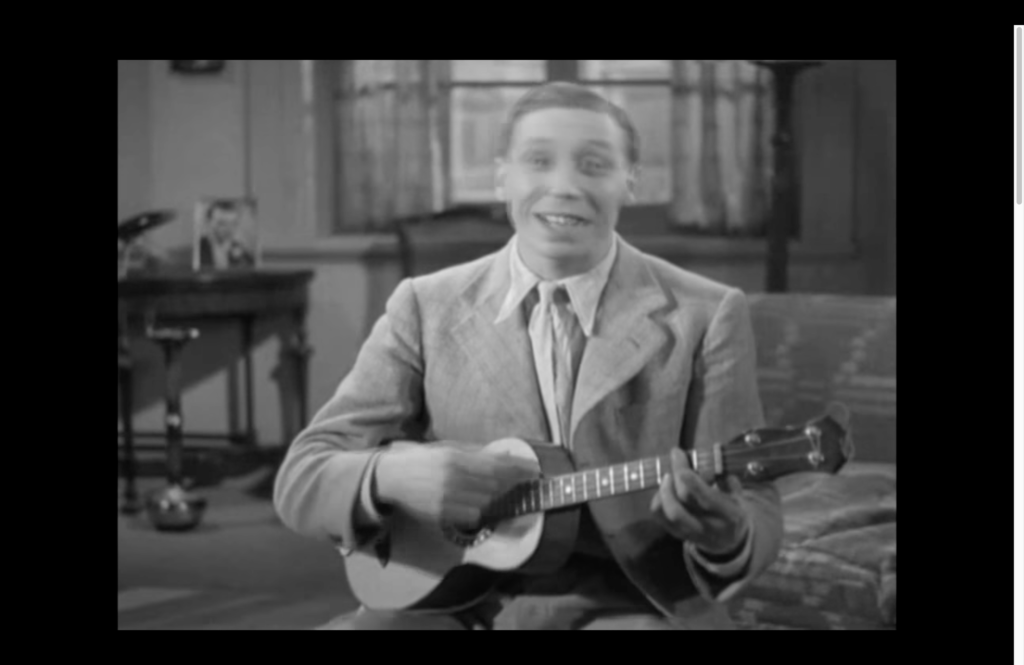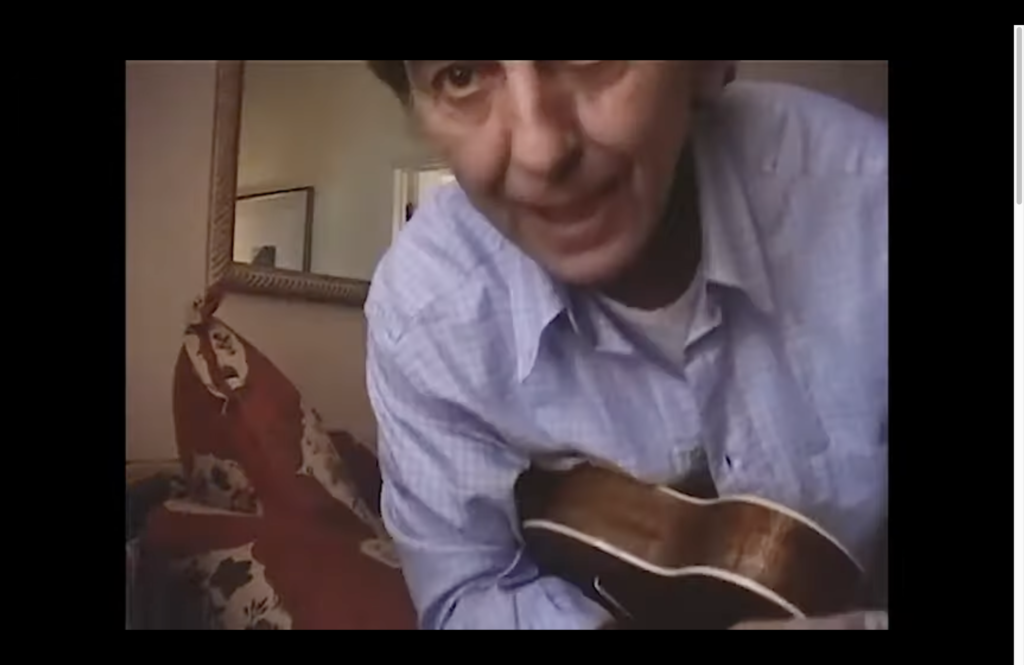I took a sick day today (for a truly boring reason not worth going into). My main need was plenty of rest, so I did as little as possible. Since I’ve been getting increasingly serious about playing ‘ukulele, I decided to listen to a bunch of ukulele virtuosi. What follows are my notes to myself about what I’ve been listening to.
Jake Shimabukuro is perhaps the preeminent ‘ukulele virtuoso today. I’m in awe of his technical proficiency. However, his music doesn’t do much for me. I have to say the same thing about James Hill, who occupies the number two spot amongst ‘ukulele virtuosi — amazing skills, but I’m not much moved by his music. Taimane, who I think now edges Hill out for the number two spot, also dazzles me with her technical brilliance but once again her music just doesn’t do it for me.
Now on to some lesser-known ‘ukulele players who do move me with their music.
I first discovered Corey Fujimoto from his 2015 video of the Presto movement of Bach’s Sonata No. 1 in G minor (BWV 1001). His technical skills have only increased since then. He doesn’t appear to be recording much these days, butt he’s a regular on the Hawaii Music Supply ‘ukulele podcast, where he usually plays with Kalei Gamaio, another ukulele virtuoso. Here’s one of their recent recordings. In my opinion, Fujimoto is not only technically brilliant, but his musical sensibility is worth spending time with. His deep knowledge of classical, pop, rock, jazz, and traditional Hawai’ian musics comes together in something uniquely beautiful. He has a deeply humane musical sensibility.
Kalei Gamaio’s solo work is also well worth listening to. I think I first ran into his playing from this video of him jamming on Pachelbel’s Canon in D with Brittni Paiva and Sungha Jung (they really get going about a minute and a half in). Gamaio is probably best known for his own composition “The Unknown,” which has been covered by hundreds of aspiring ‘ukulele players. But I like him best when he plays jazz, as in this recording of “Autumn Leaves” with Neal Chin — or this recording of “Spain” with Chin and Andrew Molina. What I especially like about Gamaio is how well he listens to other players, and complements what they’re doing without overwhelming; he never shows off, but always uses his technical abilities in service of the music. For me, this kind of humility and sensitivity raises him above many other players.
Following the lead of the late John King, Samantha Muir has been exploring classical music on the ‘ukulele. Muir teaches at the Royal College of Music in London, and was the first person to earn a Ph.D. in ‘ukulele. Her performance of Bach’s Prelude from his first cello suite (BWV1007) is well worth a listen.
Turning back to jazz and pop, Brittni Paiva is, in my opinion, underrated as a ‘ukulele player. Women are often ignored in the ukulele world, and of the women uke players Taimane Gardner seems to get the most attention. Paiva isn’t as flashy a player as Gardner, but her technique is so good she doesn’t need to be flashy. You see, Paiva doesn’t need to play a lot of notes because every note she plays is perfect, every note has a purpose, as in this recording. She’s also a multi-instrumentalist, and has issued albums where she played every instrument, and produced the album as well. Listen to her version of Dave Brubeck’s “Take Five.”
Fujimoto, Gamaio, and Paiva all come from Hawai’i, the home of the ‘ukulele. The other major hotspot for ‘ukulele players is Japan. I’m just beginning to learn about Japanese players — if you don’t speak Japanese (like me), it’s hard to find out about them. Fortunately, I just discovered the ‘Ukulele Japan website, an English-language site with links to a dozen of the top Japanese players. I’m still exploring this site, and learning about players like Kiyoshi Kobayashi, Iwao, and Tomoko Suzuki. Check out Suzuki’s version of Benny Goodman’s “Sing Sing,” which includes an amazing percussion break — sheer unadulterated fun

Speaking of unadulterated fun, that brings me to the ‘ukulele player who inspired George Harrison, and indeed all the Beatles. That would be none other than George Formby. It’s easy to dismiss Formby’s humorous songs as dated, but there’s more than than you’d think. Maybe he’s not an impressive ‘ukulele soloist like Paiva, but his syncopated right-hand technique is world-class — as in this film performance of “When I’m Cleaning Windows.” And while his songs are goofy, there’s a kind of innocence and simplicity to them. He’s an Everyman ukulele virtuoso.
Which brings me to one final ‘ukulele virtusoso, George Harrison himself: here he is playing the ukulele not long before he died. Simple stuff, but so well done. It’s just about perfect. (And I do think I hear a little bit of Formby in Harrison’s playing.)
So what do I look for in a ‘ukulele player? Dazzling technique is ultimately empty, unless there’s some deep meaning behind it. The best music has to have — for want of a better word — humaneness.
And that’s what I did on my sick day: I listened for the humanity in the music.
Update, 8/21: I realized I forgot to include Abe Lagrimas Jr., one of the best jazz ukulelists out there. Check out this lockdown-era video of his arrangement of Jitterbug Waltz, with Neal Chin, Jeff Linsky, and Lagrimas on standard ukes, and Lenny San Jose on bass uke. And I should have included something by Bill Tilapia.
Also, I left out Aunty Genoa Keawe, but that’s mostly because I couldn’t find good free videos of her online (she died in 2008). I love the way she accompanied her singing with her uke.

